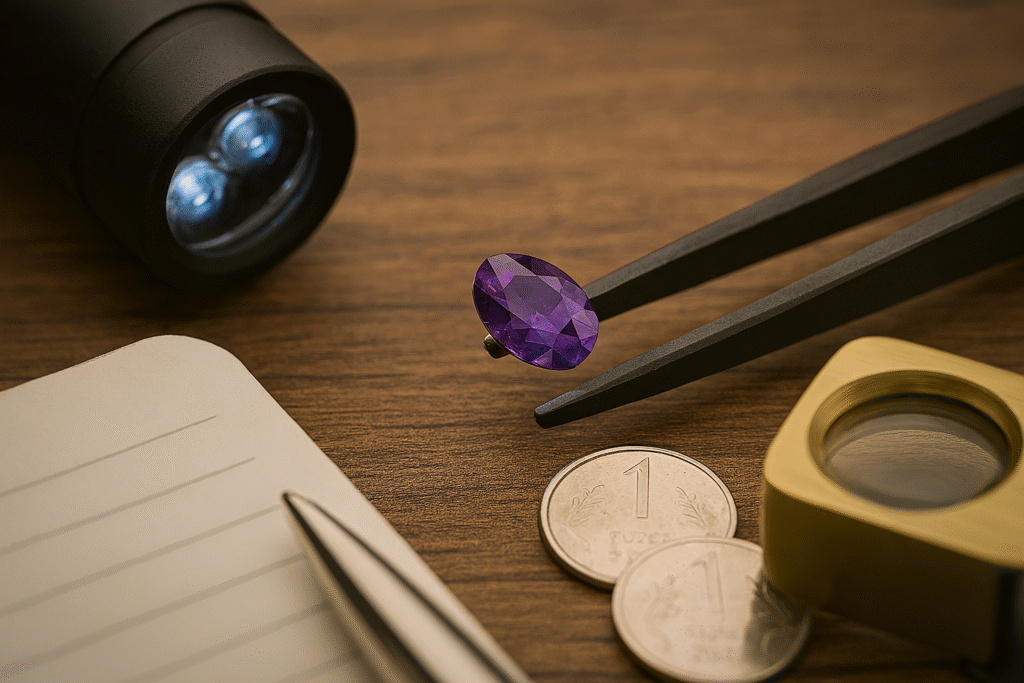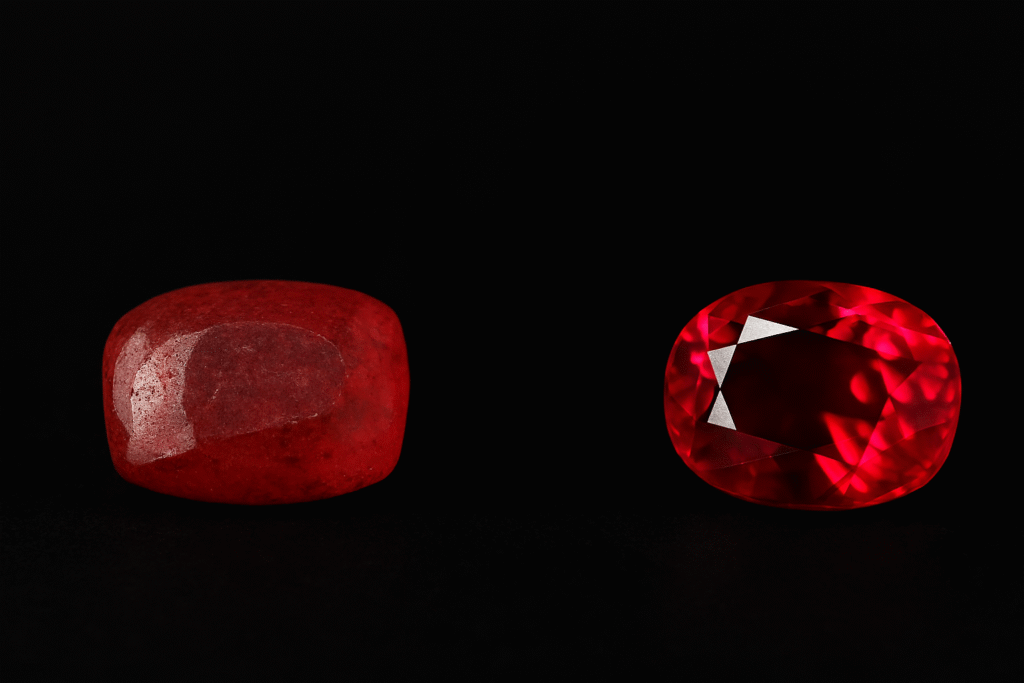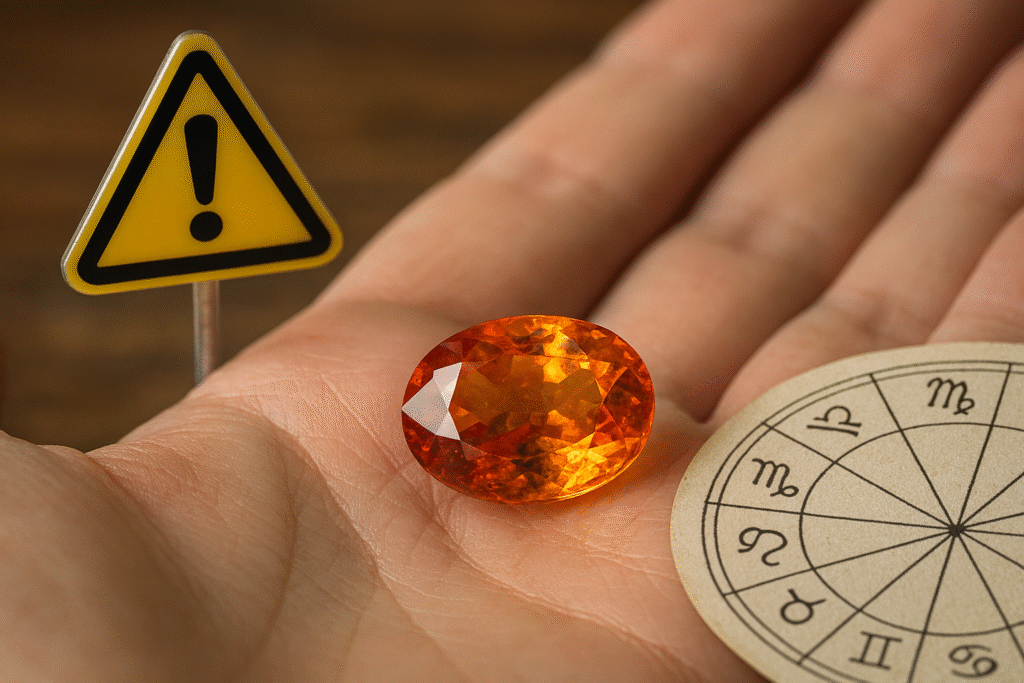A gemstone that sparkles under showroom lights may look dull in natural sunlight. Learn why you should always test gems under different lighting to spot color change and windowing before you buy.
When you look at a gemstone in a jewelry store, the lights are designed to make it shine.
But what happens when you step outside into natural sunlight?
Many buyers face this shock. The gem that looked alive indoors can appear flat or dull outdoors.
Why Light Matters
Different light sources reveal different sides of a gemstone.
- Showroom spotlights: Enhance sparkle and mask flaws.
- Daylight: Shows the true body color and transparency.
- Warm indoor light: Can shift tones, making stones appear more yellow or brown.
If you check your gem only under one light, you may miss how it truly behaves.
Color Change Stones
Some gemstones, like alexandrite, naturally change color under different lighting.
They can shift from green in daylight to red under incandescent light.
If you only see them under one source, you miss half the story.
Windowing Effect
Another factor is windowing.
When a gem is cut too shallow, light passes through without bouncing back.
This creates a see-through “window” in the center of the stone.
It may sparkle under spotlights but look lifeless in sunlight.
Practical Checkpoints for You
- Always ask to view the gem near a window or outside in daylight.
- Carry a small LED flashlight to test different lighting.
- Tilt the gem and look for patches where light leaks through (sign of windowing).
- Compare how the stone looks in warm indoor light vs daylight.
A Personal Example
A client once bought a sapphire that looked electric blue under store lighting.
The moment he wore it outside, it appeared grayish.
He returned it the next day—because he didn’t check it in natural light first.
The Takeaway
Never rely on showroom lights alone.
Your gemstone should look beautiful in all the places you’ll actually wear it—outdoors, indoors, day and night.
Have you ever noticed a gem looking different once you walked outside the store?
This article explains why gemstones should be viewed in multiple lighting conditions before purchase. It covers color change, windowing, and how dealer lighting can mislead buyers.



